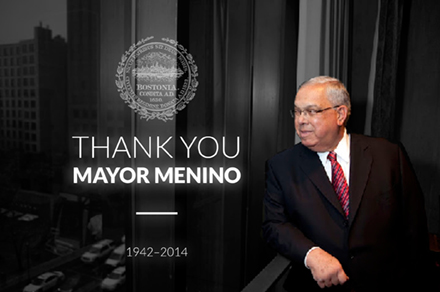HP announced yesterday that it would be splitting into two companies. One will focus on personal computers and printers, while the other will focus on computer hardware, software, and services. Interestingly, this breakup represents the second split for HP in its history. In 1999, HP spun off its measurement instruments business as Agilent Technologies. Could the deal increase shareholder value? Perhaps, as it has become increasingly difficult to argue that the synergies between the two sides of HP are significant enough to outweigh the costs associated with managing and integrating such a large, bureaucratic, and highly complex organization. Of course, the deal also opens up the possibility that one or both of the new entities could be takeover targets. Here in Massachusetts, we have been reading rumors about EMC exploring talks with HP about a merger. The breakup at HP probably makes such a deal more likely. Of course, it's not entirely clear why or how a merger would be beneficial. While some synergies might exist, again the key question is whether the benefits outweigh the costs associated with integrating such large, complex organizations.
Beyond this particular deal, the
Wall Street Journal reports that, "Corporations around the world have sold or spun off $1.6 trillion worth
of subsidiaries and business lines so far this year, just behind 2007’s
record-setting pace, according to data provider Dealogic." We have seen some high-profile moves by diversified firms to become more focused. GE sold its appliance business. Gannett announced a split into two entities, one focused on newspaper publishing and the other on television broadcasting. Other firms, such as Pepsi, face pressure from activist investors to break up. What's behind these moves? The Wall Street Journal cites research showing that U.S. conglomerates tend to under-perform more focused firms: "Shares of North American conglomerates underperformed their more focused
rivals by 11.4% on average from 2000 to 2010, according to a study from
Anil Shivdasani,
a finance professor at the University of North Carolina
Kenan-Flagler Business School... Professor Shivdasani said Monday the data remained similar through the end of last year."
This research has been well known for many years though. Why the pickup in breakups lately? I think several reasons may exist. First, economic growth has been very low in this "recovery." As a result, many firms have businesses in mature markets that are struggling to find ways to grow revenue. Without sales growth to help drive share prices upward, they are looking for other ways to create value for investors. Second, a new class of activist investors has become very vocal and has challenged the diversification strategies of many of these large firms. Third, more investors have begun to question the economies of scale and scope rationale behind these large firms. They are wondering if, in fact, these organizations are experiencing significant diseconomies of scale and scope. Finally, investors have become quite concerned that CEOs are cross-subsidizing extensively, milking cash cows to fund other initiatives. Such practices used to be quite commonplace and accepted, but increasingly, they are being challenged. These investors would rather see the CEOs return cash to shareholders from mature units, and let the newer, higher growth entities seek capital directly from the markets.
